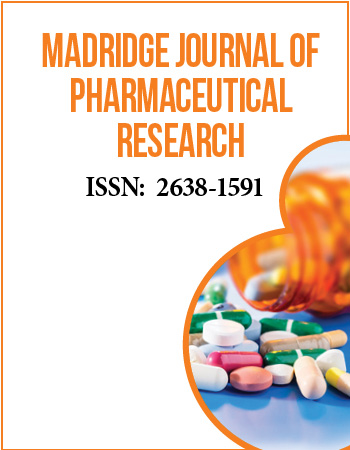2nd International Conference on Pharma & Nutrition, Health and Aging
August 1-2, 2019 Valencia, Spain
Investigating the Transdermal Delivery of Different Statins
North-West University, South Africa
Statins are classified as 3-hydroxy-3-methyl-glutaryl-coenzyme A (HMG-CoA) reductase inhibitors and are the first-line of treatment for primary hyperlipidemia due to their ability to lower low density lipoprotein (LDL). After oral administration, statins may cause gastrointestinal side-effects and increasing the risk for hepatic toxicity. Hence, the aforementioned can be avoided by using another route of administration, i.e. transdermal delivery. During this study, female abdominal skin (Caucasian) was used, which were obtained after abdominoplasty (Ethics no: NWU-00111-17-A1).
The aim of the study was to investigate the transdermal delivery of the selected statins after being incorporated into different formulas. The formulas used during this study were nano-emulsions and nano-emulgels, which contained 2% of the selected statin and 8% apricot kernel oil as oil phase. After formulation, vertical Franz cells were used for the membrane release studies and skin diffusion studies. Tape stripping was performed after the 12h extraction of the receptor phase. All samples were analyzed by high performance liquid chromatography (HPLC). After the different formulas with the selected statins were compared, it was evident that the nano-emulsion containing rosuvastatin (NE1R) had the highest median flux value (413.650 µg/cm2.h) after the membrane release study, the nano-emulgel containing simvastatin (NEGS) delivered the highest median amount per area diffused (3.244 µg/cm2) after 12h transdermally, (NEGS) also had the highest median concentration (7.517µg/ml) in the stratum corneum-epidermis and the nano-emulsion containing atorvastatin (NE1A) delivered the highest median concentration (24.555 µg/ml) in the epidermis-dermis. Hence, all statins were delivered transdermally.
Biography:
Jeanetta du Plessis, Deputy Dean: Research and Innovation of the Faculty of Health Sciences and Professor of Pharmaceutics, is the author of about 100 research papers and 3 chapters in books. Since 1993, she supervised 18 PhD and 72 MSc degrees in her research program. The novelty of her research is reflected by an international patent, which was registered in nine countries. She is a member of the Academy of Science of South Africa (ASSAf) and the Organization for Women in Science for the Developing World (OWSD). She is also a member of the National Health Research Committee.


